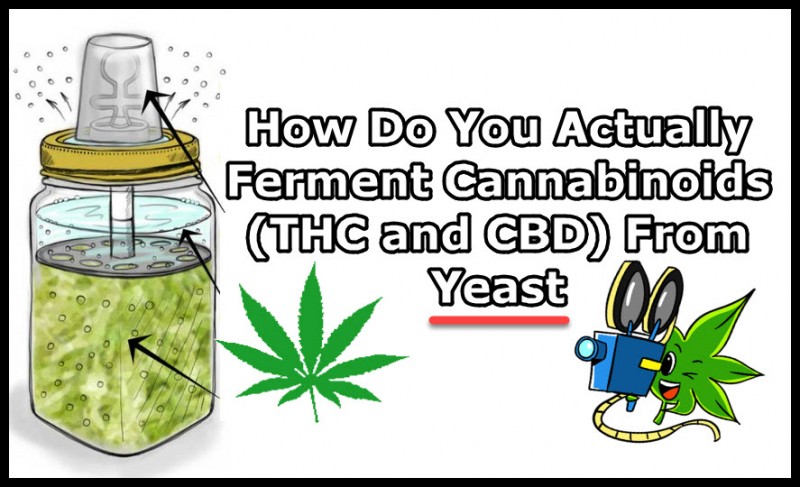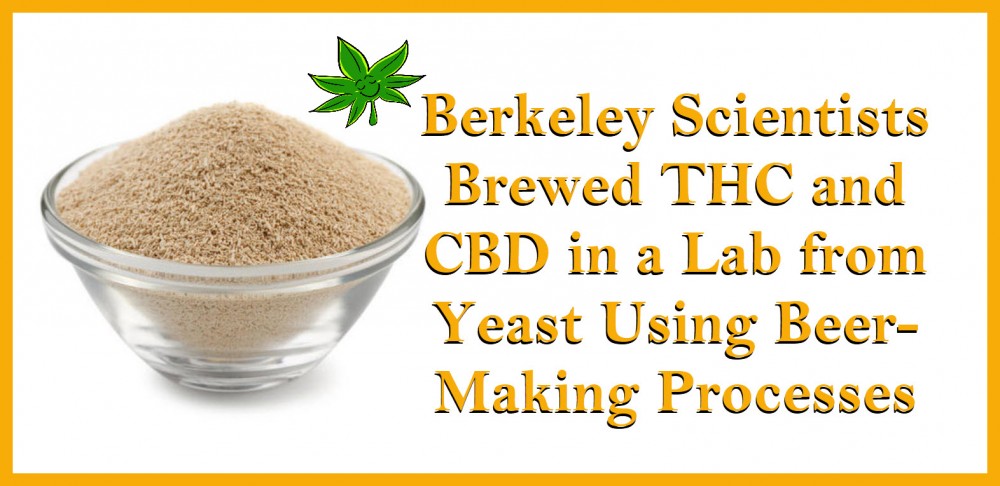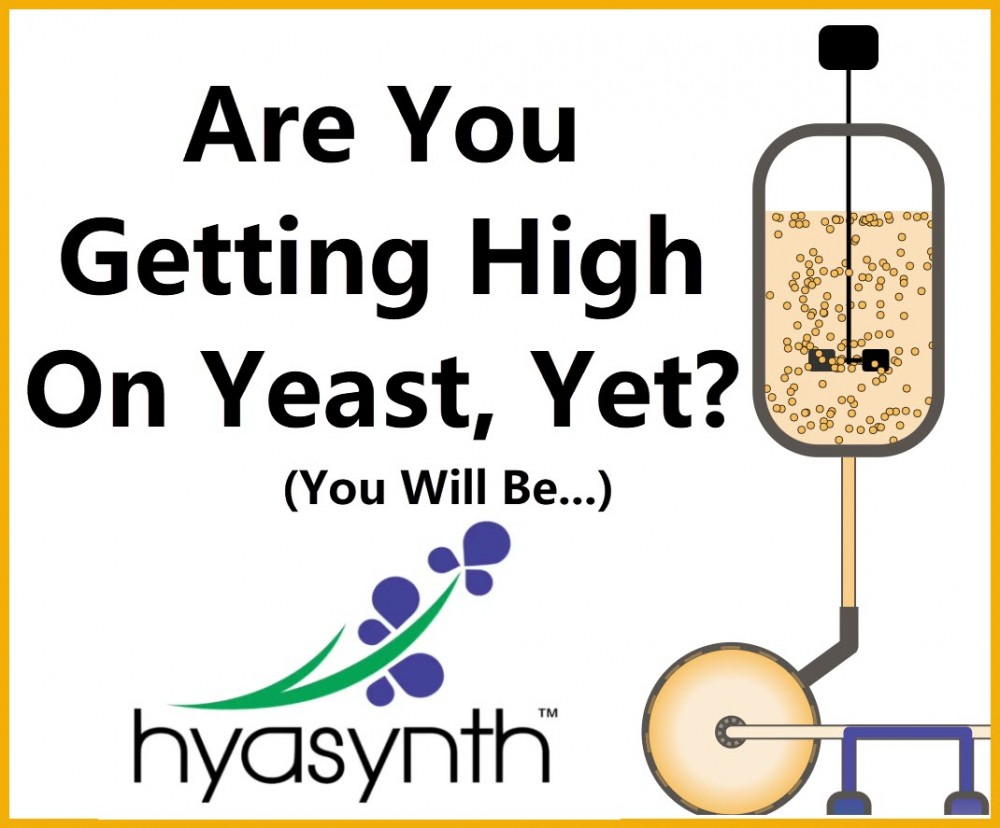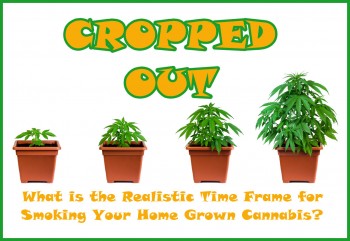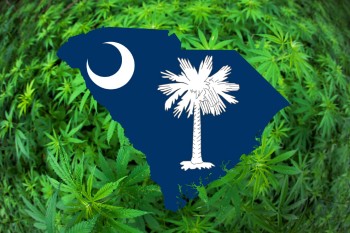Fermenting Cannabinoids with Yeast and its potential implication
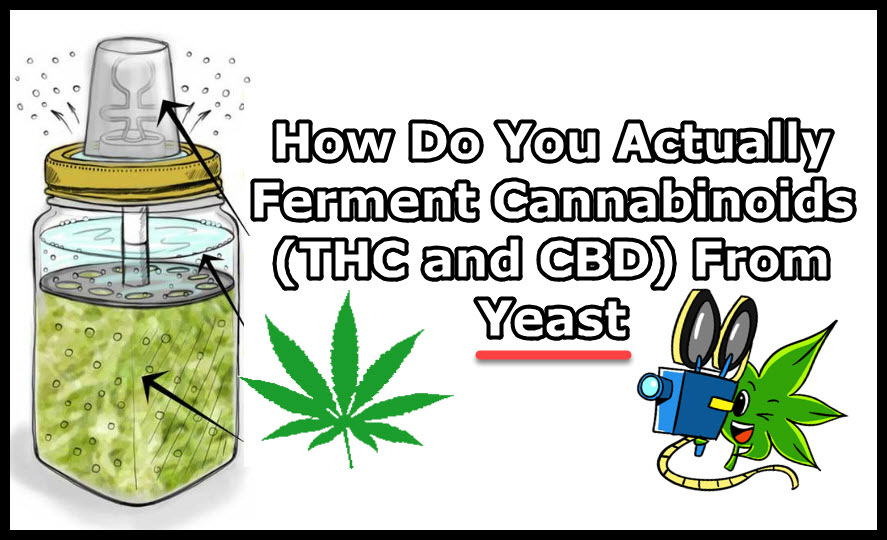
At first, when I read that chemists were making THC and CBD from yeast I thought to myself, “This must be bullshit!” Turns out, I was wrong.
Jay Keasling, a professor of chemical and biomolecular engineering, managed to do just that. The way they managed to pull it off was also quite fascinating. However, as I read the report on the study, a lot of personal biases came into play.
“Is the quality similar to that found naturally in the cannabis plant?” “What about the entourage effect?” “What are the practical applications of fermenting cannabinoids from yeast?” “What impact could this have on the cannabis industry?”
I stopped for a second, and put my biases aside. Let me look at this from a fresh perspective.
How to Ferment Cannabinoids with Yeast
Let’s jump into the process first, and then we’ll talk about the industry wide implications (potentially). Firstly, the desire to do this came from an observation by Keasling on how CBD was helping people. The problem he set out to solve wasn’t to replace cannabis, but to reduce the costs of obtaining singular cannabinoids.
In order to get an individual cannabinoid extract from the marijuana plant, there are a lot of steps involved. First, you have to grow the crop. Then cure it and dry it. Once that’s done, it moves onto extraction. Depending on what you wish to achieve, there could be many more steps in this process and eventually, you get the isolated cannabinoid.
This is costly, time consuming and not very environmentally friendly.
To solve this, Keasling who has long been a pioneer of synthetic biology, aimed at turning bacteria and yeast into “green factories”. In order to turn yeast into a cannabinoid green factory, it is needed to co-opt the metabolism. This changes the dynamic of turning sugar to alcohol, and by adding in certain enzymes, can create a new product like THC.
Leo d’Espaux and Jeff wong, found an enzyme prenyl transferase, which when combined with the yeast and the synthetic pathway, produced CBGA (cannabigerolic acid). Then by adding in other enzymes, could finally convert it into CBD and THC and other cannabinoids.
The science behind these green factories can have wide implications for the medical cannabis industry and perhaps even the recreational market.
What could these discoveries mean for the cannabis industry?
One of the major factors of cannabis cultivation are the exuberant costs associated with the process. As mentioned, from seed to isolated cannabinoid, the process is time consuming and very costly. Additionally, the vast amount of energy and water also isn’t desirable when we come to mass production.
What could a cheaper, more water-friendly, time saving method mean for the cannabis industry?
Well, for starters, it could become a source of utilizing isolated cannabinoids within medicine. For instance, if you have a CBD-only product, you could supplement the CBD from cannabis with CBD from yeast.
Similarly, THC could be added to a variety of products for the recreational market as well. The problem I still see with this however, is that if the cannabinoids are as effective as cannabinoids found in the marijuana plant.
In a way, the yeast approach is a time-hack to getting isolated cannabinoids. Yet the marijuana plant has been evolving for millions of years. When you’re extracting from the plant, you’re getting a host of major and minor cannabinoids, some of which we haven’t even fully discovered yet.
These cannabinoids work in conjunction to what we refer to as “The Entourage Effect”. In other words, the cannabinoids work together to promote better health. While the research of Keasling and crew are still in the infancy stages, they have been able to produce cannabinoids with absolute purity and consistency.
For the medical field, this could spark a revolution of cannabis-based medicines where researchers can play with exact ratios to find the perfect mix for particular conditions. It also could end up reducing the costs of cannabis-based medicines.
For the recreational aspect, I believe that it will have minimal impact. There is an entire industry being formed, that depends on all parts of the supply chain. From cultivation to consumption, there are hundreds of little steps in between. All of these steps product jobs, generate taxes and provide a safe avenue to participate in the cannabis industry.
Some people will also always prefer flower over extracts. Thus, the recreational industry would in all likeliness still rely on cannabis-based extractions as opposed to yeast-based cannabinoid production.
Nonetheless, the importance of these green factories could have wide-spreading implications for the medical community. Something that could provide dose-specific cannabinoid medicines on a consistent basis. This could very well be the spark of cannacueticals. However, we’ll have to see how this plays out. One thing is certain, it’s definitely cool to be able to grow THC from yeast.
OTHER STORIES YOU MAY ENJOY...
BERKELY SCIENTIST MAKE THC AND CBD FROM YEAST, CLICK HERE.
OR..
CAN YOU GET HIGH OFF YEAST, YES YOU MAY BE SOON, CLICK HERE.

